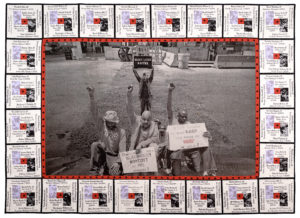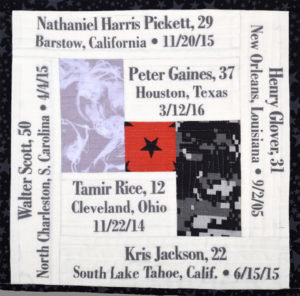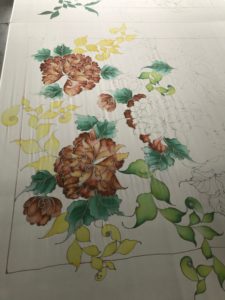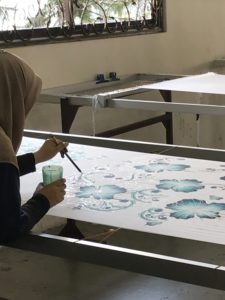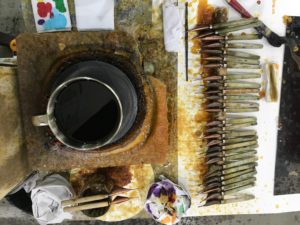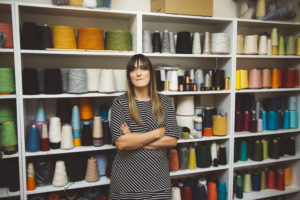Penny Mateer & Martha Wasik
Above: Full quilt and detail of ‘Fight the Power! #15 Protest Series. 58 x 77 inches Penny Mater & Martha Wasik
Until I saw Penny Mateer’s and Martha Wasik’s quilt I didn’t know about the 1968 Olympics where Americans Tommie Smith and John Carols and Australian Peter Norman made their silent gesture about human rights. Skip forward a generation to recent times and another silent gesture from American Football former quarterback Colin Kaepernick. Inspired by both events, this powerful quilt ‘honours unarmed African-Americans who died at the hands of the police to exemplify Kapepernick’s message and raise awareness.’
As well as this Penny has also created the series #intodaysnews. On the inauguration of President Trump she compiled a daily collage of images from The New York Times all of which are being exhibited.
Fight the Power! #15 Protest Series and #intodaysnews and #socialjustice will be exhibited at the Brew House Association (http://brewhousearts.org/gallery/) until March 21st. THIS Revolution Will Not Be Televised #13 Protest Series will be exhibited in the Contemporary Art of Quilting at the Ann Street Gallery (https://www.safe-harbors.org/ann-street-gallery/) March 7th – April 18th.



